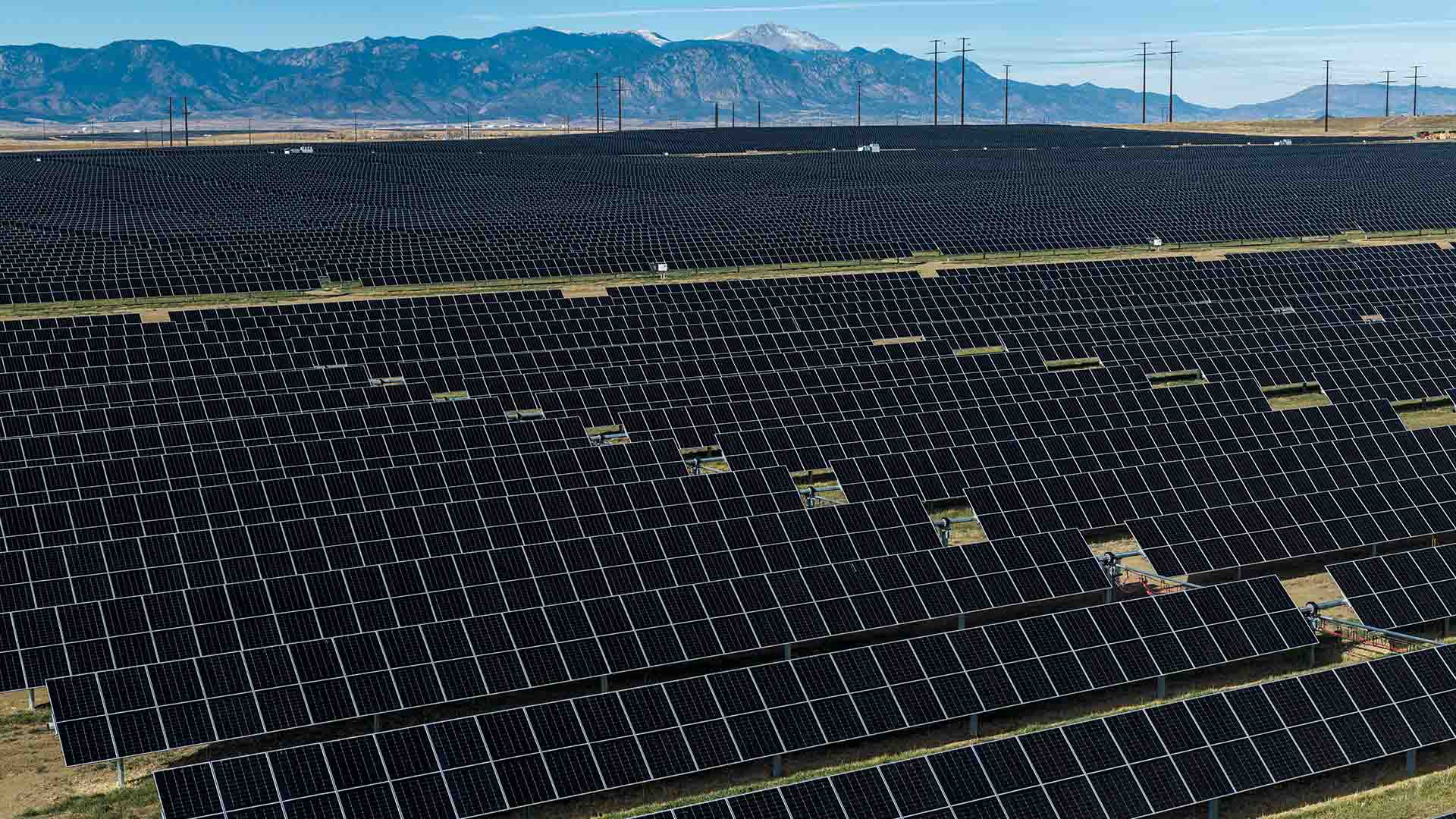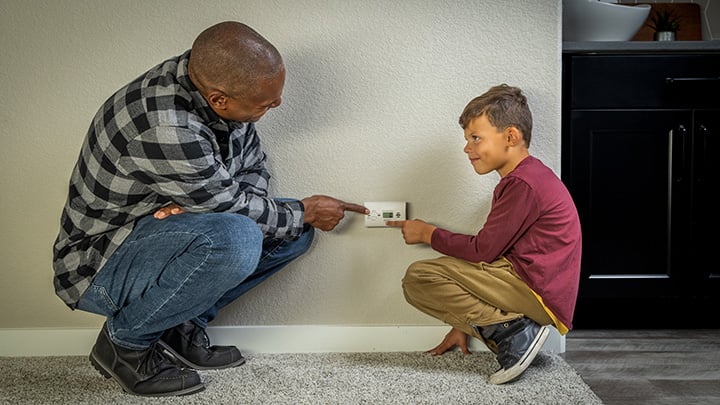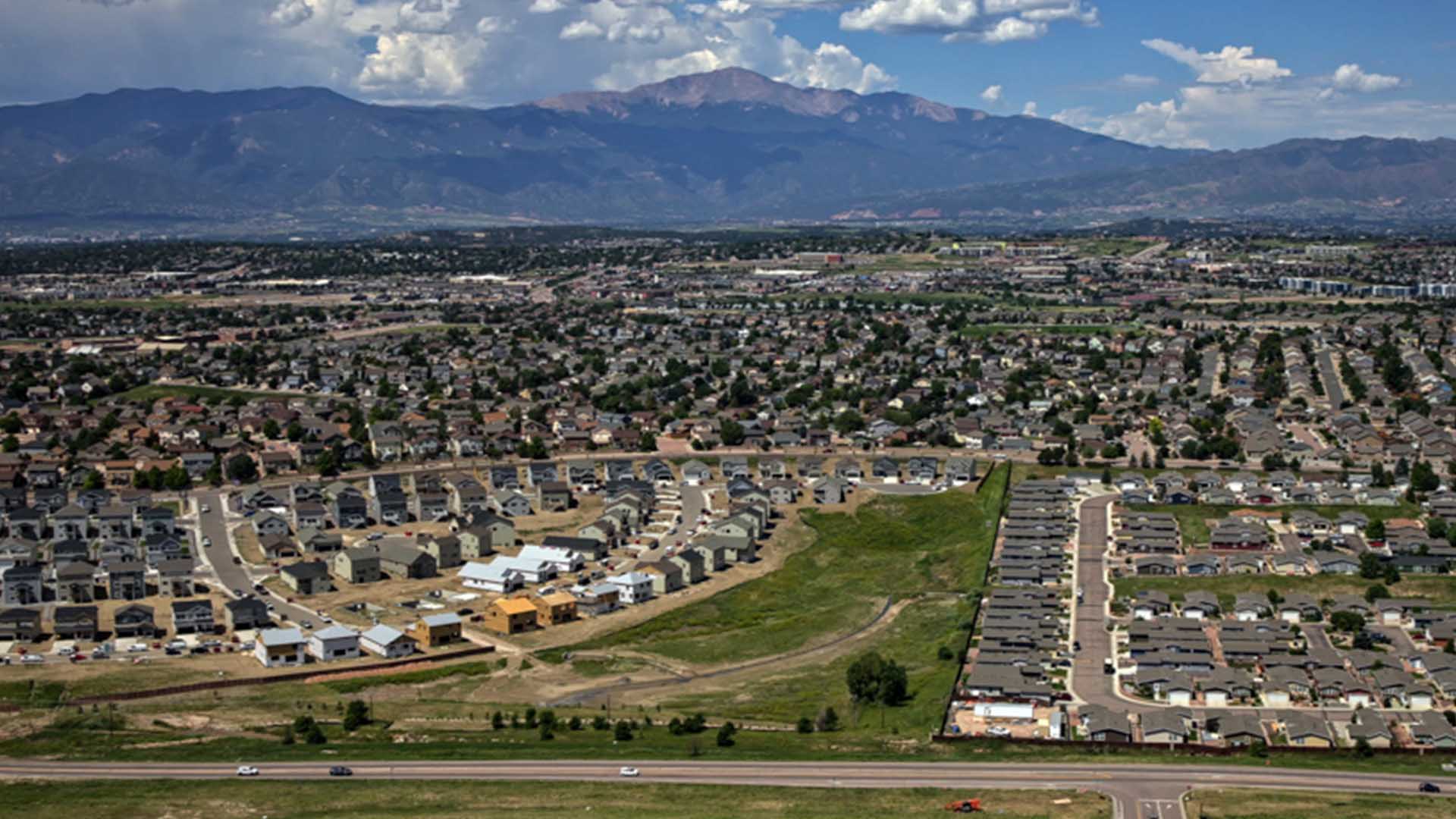
Steve B.
Duration: 1 minute
Published on October 19, 2023
In This Article
Winter is coming, which means driving in snow and more challenging morning and evening commutes. As we make our way to and from work while navigating icy roadways, it can be an exercise in anxiety. One wrong turn or abrupt stop can lead to an accident involving another car, a curb, a fire hydrant, or electrical equipment that knocks out power to hundreds of our neighbors.
Power outage data from the last three years reveals just how much electrical equipment is at risk from a wayward car. Of all incidents not related to weather or random equipment failure, vehicle accidents trigger the most outages, followed by dig-related damage to underground wires and vandalism to equipment.
Cumulatively, vehicle accidents, hit underground lines and vandalism account for about 17% to 18% of the time electricity was not available in 2019, 2020 and 2021.
“No outage is ideal, but vehicle accidents involving our electric equipment are especially problematic,” says Bob Atkins, System Operations manager. “These accidents put the driver and first responders at even greater risk, cause significant damage to our electric system and delay restoration efforts.”
Industry comparisons
Despite the impacts of vehicle accidents, hit underground lines and vandalism on our electric system, Colorado Springs Utilities remains among the highest-rated electric utilities for reliability.
We join several other electric utilities around the nation in submitting outage data annually to the Institute of Electrical and Electronics Engineers Standards Association (IEEE). This data is then compiled as part of a national index that monitors the amount of time customers are without power.
According to the latest national index data, Springs Utilities’ average outage time was 40.95 minutes in 2019, 53.85 minutes in 2020 and 49.9 minutes in 2021. Comparatively, the industry average for time without power was about 2 ½ hours in 2019 and 2020 (2021 numbers not available).
The results rank us 4th out of 84 utilities when major outage events are included (such as extreme weather-related outages or larger system failures) and 6th when major events are excluded.
“Overall, our electric system performs well,” said Atkins. “However, considering the value of electricity in our daily lives, public safety and the cost to maintain the system, it’s important that we collectively do our part to help protect the electric infrastructure we share and rely on – whether we’re in our car or remembering to call 8-1-1 prior to a digging project.”









